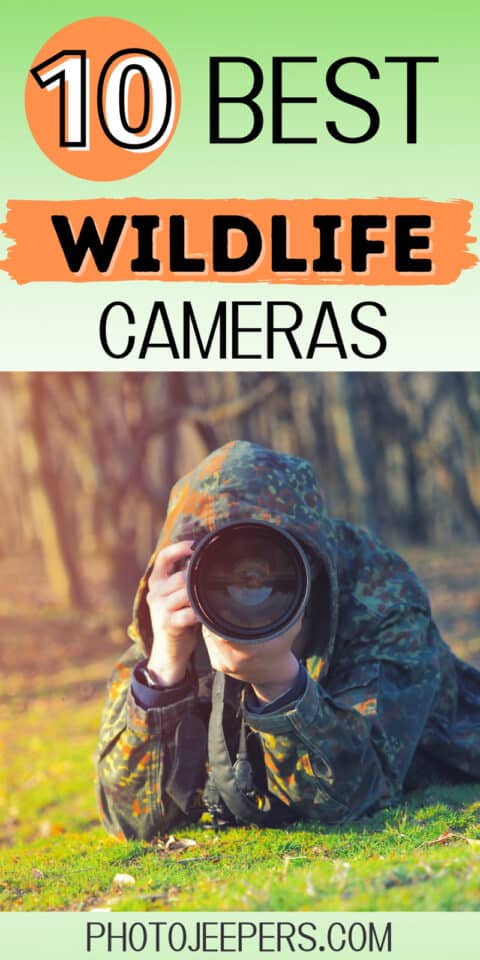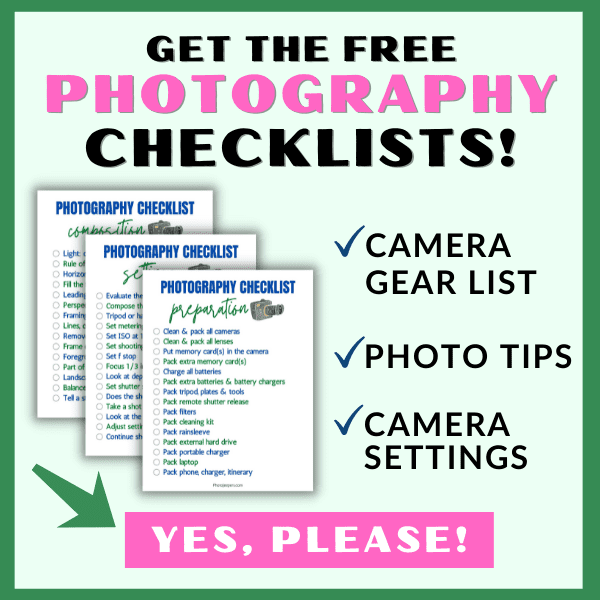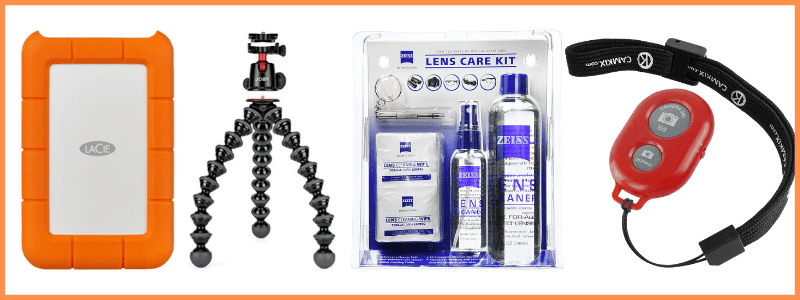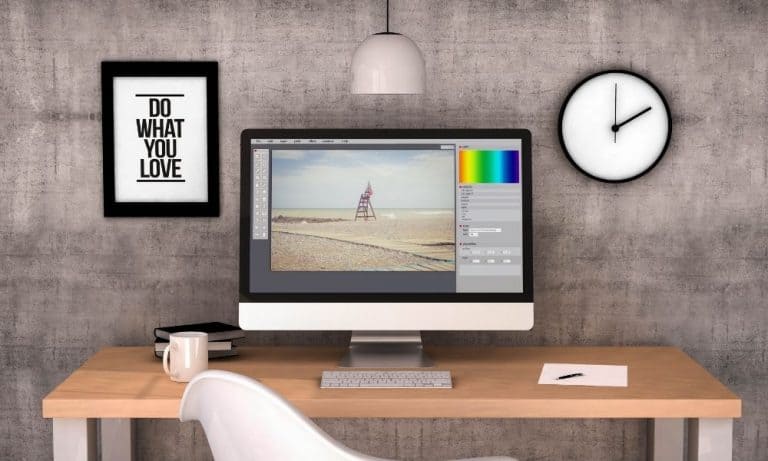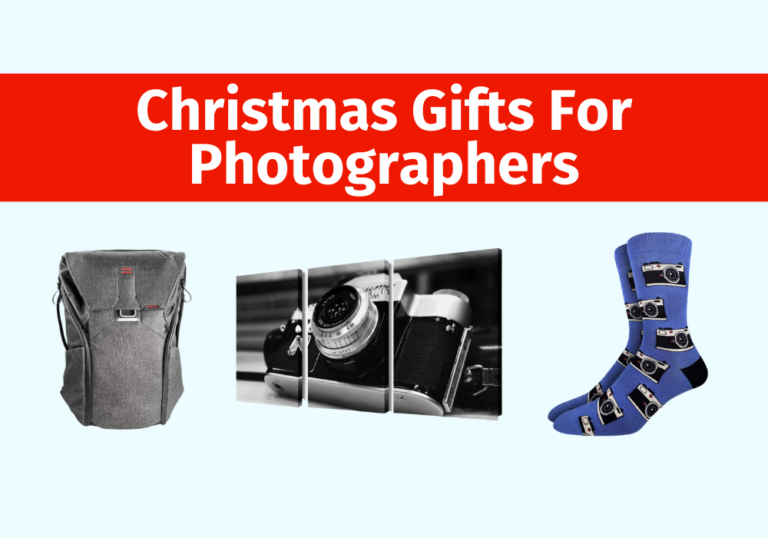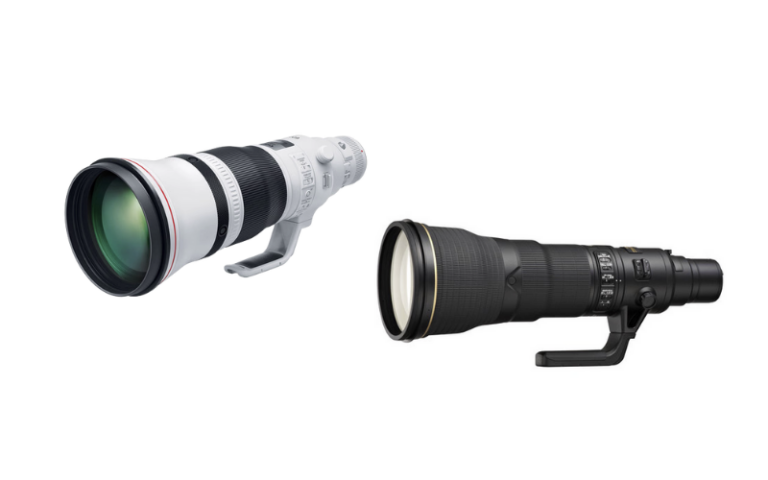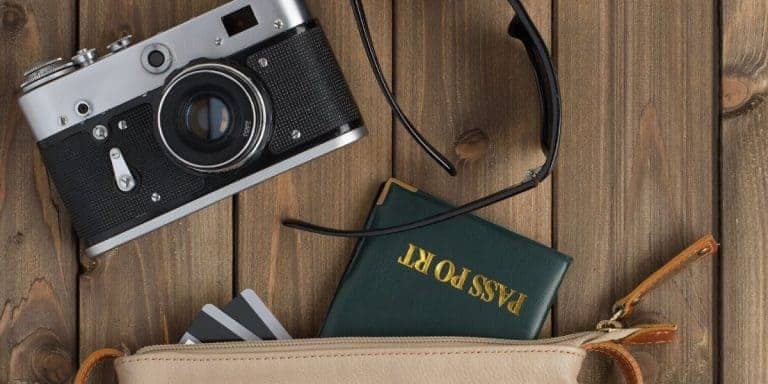Best Cameras For Wildlife Photography
When it comes to wildlife photography, your gear can make or break your shot. Having the best cameras for wildlife photography not only improves the quality of your images but it can also enhance your overall experience.
If you’re looking for a good camera to add to your travel photography gear to photograph wildlife, it’s important to know and understand the features you’ll need in order to make the best comparisons.

Wildlife photography requires patience and split-second reactions. Yes you’ll find good wildlife photography cameras in all price ranges to suit any budget, but keep in mind there are features you need specifically for taking pictures of wildlife.
We share the top wildlife cameras we recommend based on our years of experience photographing eagles, moose, grizzly and black bears, wolves, and wild horses.
Be sure to grab your free copy of our Photography Checklists by clicking the image below. You’ll get a packing list, settings list, and composition tips list that includes the top basic photography yechniques to capture amazing photos!
This site contains affiliate links which means WE may receive commissions for purchases made through these links. We only provide links to products we actually use and/or wholeheartedly recommend! As an Amazon Associate, we earn from qualifying purchases. Read the full Disclosure Policy.
Where Should I Buy Camera Equipment?
We get all our Camera Equipment at B&H Photo! They are a reputable company that’s been in business for over 45 years. Their customer service and knowledge about photography equipment gives us peace of mind when spending money on higher ticket items like cameras, tripods and lenses.
We also use B&H Photo to buy our camera accessories like filters, memory cards, cleaning kits, portable hard drives, and more!
Camera Gear at B&H Photo
Nikon 500mm f5.6 Lens Review
Looking for an affordable lens for wildlife? Check out our review and why we LOVE the Nikon 500mm f5.6 lens for nature photography!
Features of a Good Wildlife Photography Camera
A good burst mode. This is important no matter what kind of wildlife you’re photographing. Animals don’t stay still very long so you’ll need to be able to capture movement in fractions of a second. Look for a camera that can capture a lot of frames within that second so you can capture THE shot.
Decent buffer depth. This refers to how many continuous shots a camera is capable of capturing without stopping. A bigger buffer means more shots, which gives you a longer burst, that gives you a greater chance of capturing that perfect moment.
Be aware that cameras will generally be able to capture a larger buffer of JPEGs than RAW files, so if you don’t mind losing a little editing flexibility, this can be a good option. Note that the write speed of the memory card is also a factor, so it’s a good idea to use the fastest card you can.
Fast and efficient autofocus. In order to capture spot-on focus of an animal that’s moving fast and unpredictably requires a sophisticated autofocus system with good coverage of points across the frame.
Lens or lens range. In order to fill the frame with the animal or bird, you’ll need to use telephoto lens range. A compact camera needs a decent zoom lens already attached, or find a bridge camera. For cameras with interchangeable-lens capability like DSLR or mirrorless, check out telephoto lenses available for the mount on the camera that are within your budget.
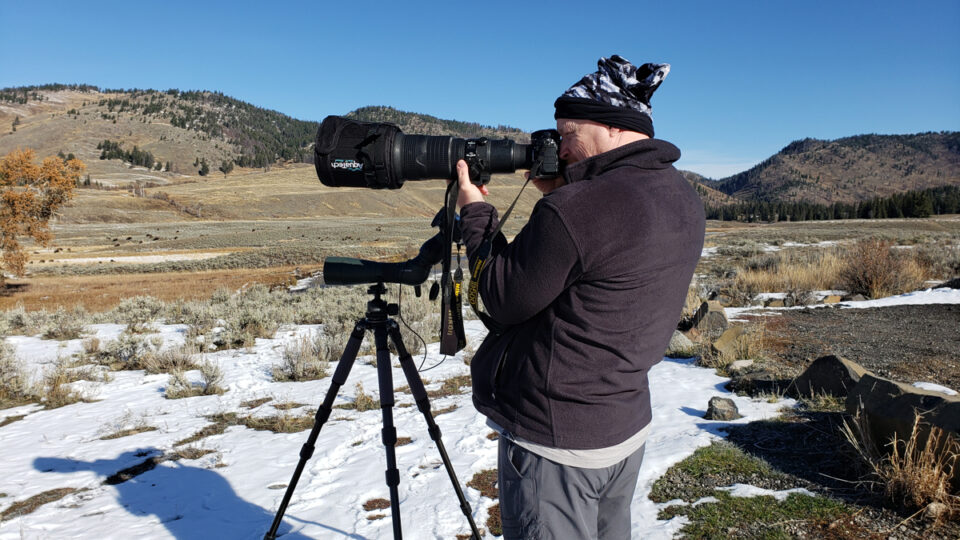
Best Cameras for Wildlife Photography
Let’s dive into the world of wildlife photography and explore some of the top cameras on the market that can help you nail that perfect shot.
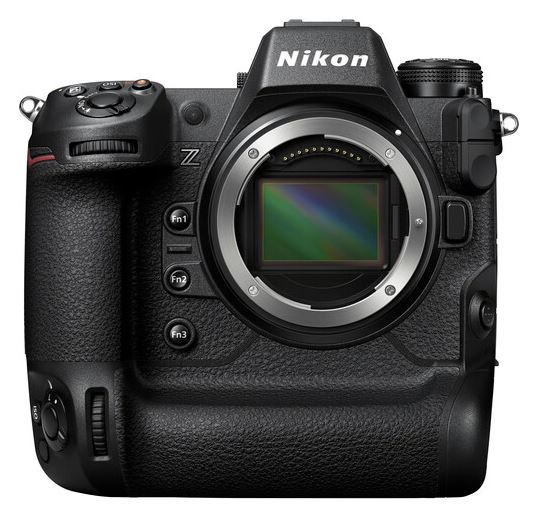
Nikon Z9 Mirrorless Camera
The Nikon Z9 can capture RAW format images at the full resolution of the camera at up to 20 fps with a buffer of 1,000 frames in a burst. It features the most advanced autofocus system, incorporating new subject detection algorithms and 3-D tracking that enable it to automatically recognize nine subject types, including animals and birds, without requiring the user to switch AF modes.
Key Features
- 45.7MP FX-Format Stacked CMOS Sensor
- EXPEED 7 Image Processor
- 8.3K 60p N-RAW, 4.1K 60p ProRes RAW
- 8K30p and 4K120p Video, 10-Bit Internal
- Up to 20 fps Raw, 30 fps JPEG Shooting
- 493-Point AF, AI-Based Subject Detection
- Blackout-Free Real Live Viewfinder
- 3.2″ 4-Axis Tilting Touchscreen LCD
- Vertical Grip, 2x CFexpress Type B Slots
- 5 GHz Wi-Fi, Bluetooth, and GNSS
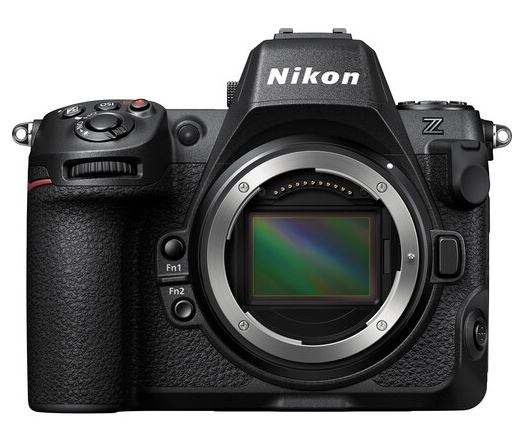
Nikon Z8 Mirrorless Camera
The Nikon Z8 is a smaller, lighter version of the flagship Nikon Z9 Camera. It has been dubbed the ultimate hybrid camera and features much of the technology of the Z9.
Key Features
- 45.7MP FX-Format Stacked CMOS Sensor
- Lightweight Design, 30% Smaller than Z9
- 8.3K 60p N-RAW, 4.1K 60p ProRes RAW
- 8K30p and 4K120p Video, 10-Bit Internal
- Up to 20 fps Raw, 30 fps JPEG Shooting
- 493-Point AF, AI-Based Subject Detection
- Blackout-Free Real Live Viewfinder
- 3.2″ 4-Axis Tilting Touchscreen LCD
- CFx Type B & SD Memory Card Slots
- 5 GHz Wi-Fi and Bluetooth
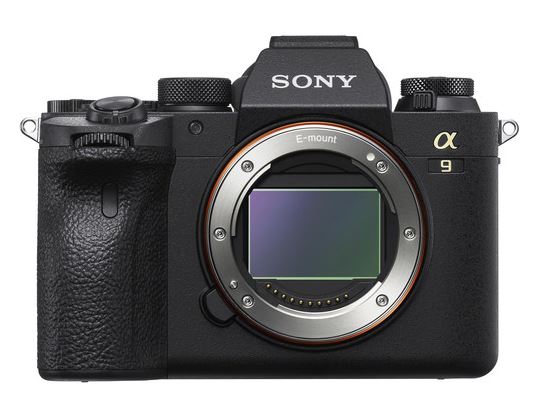
Sony A9 II Mirrorless Camera
The Sony A9 II is a 24.2-megapixel full-frame gadget which makes it a great camera for wildlife photography. It can capture 20 frames per second and it has 5-axis image stabilization. It also has an advanced subject recognition for real-time tracking and eye autofocus for animals. This feature is something that makes it one of the best wildlife photography cameras.Key Features
- 24.2MP Full-Frame Exmor RS CMOS Sensor
- BIONZ X Image Processor & Front-End LSI
- 693-Point Phase-Detection AF System
- Up to 20 fps Shooting, ISO 100-204800
- UHD 4K30p Video, Real-Time Eye AF
- Blackout-Free Quad-VGA 3.7m-Dot OLED EVF
- 3.0″ 1.44m-Dot Tilting Touchscreen LCD
- 5-Axis SteadyShot INSIDE Stabilization
- Dual UHS-II SD Card Slots, Voice Memos
- 5 GHz Wi-Fi, 1000BASE-T Ethernet
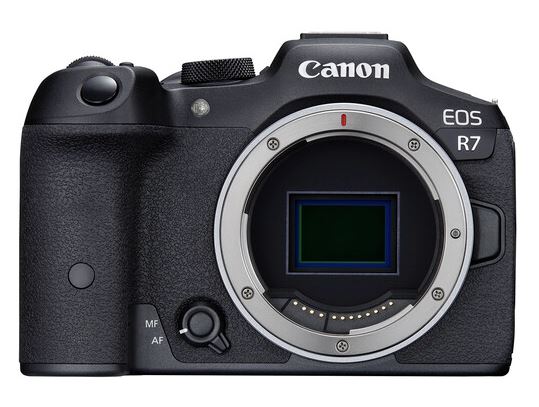
Canon EOS R7 Mirrorless Camera
The Canon EOS R7 is an ideal blend of performance and portability with their move to the APS-C mirrorless R system. It is a high-performance camera capable of 30 fps shooting for wildlife and sports photography. It features the Dual Pixel CMOS AF II focusing system.
Key Features
- 32.5MP APS-C CMOS Sensor
- Dual Pixel CMOS AF II
- 4K60 10-Bit Video, HDR-PQ & C-Log 3
- 30 fps E. Shutter, 15 fps Mech. Shutter
- 2.36m-Dot OLED EVF
- 1.6m-Dot Vari-Angle Touchscreen LCD
- Sensor-Shift 5-Axis Image Stabilization
- Dual UHS-II Memory Card Slots
- Multi-Function Shoe, Wi-Fi and Bluetooth
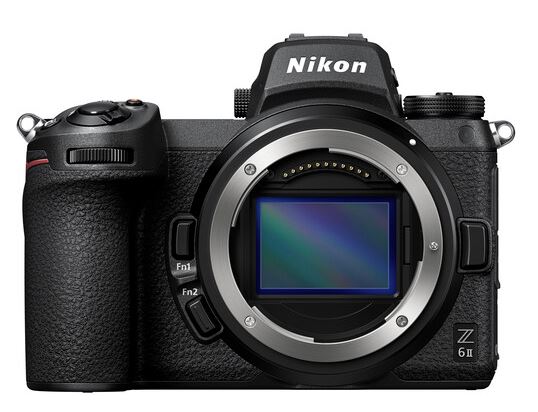
Nikon Z6 II Mirrorless Camera
The Nikon Z6 II tops our list as the best mirrorless camera for wildlife photography. It uses a full-frame sensor and is a good option for most wildlife shooters. Its weather-sealed body feels well-constructed and incredibly comfortable to shoot with, thanks to its large handgrip, high-res electronic viewfinder, and customization options.
Key Features
- 24.5MP FX-Format BSI CMOS Sensor
- Dual EXPEED 6 Image Processors
- UHD 4K30 Video; N-Log & 10-Bit HDMI Out
- 14 fps Cont. Shooting, ISO 100-51200
- 273-Point Phase-Detect AF System
- 3.6m-Dot OLED Electronic Viewfinder
- 3.2″ 2.1m-Dot Tilting Touchscreen LCD
- 5-Axis In-Body Vibration Reduction
- Dual Memory Card Slots
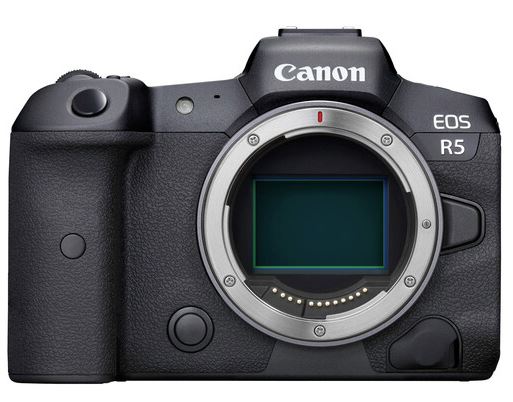
Canon EOS R5 Mirrorless Camera
The Canon EOS R5 is a high-performance camera with great speed and reliability. Featuring a high resolution full frame CMOS Sensor, fast frame rate and Subject Tracking with Deep Learning the R5 is a great option for wildlife photography.
Key Features
- 45MP Full-Frame CMOS Sensor
- DIGIC X Image Processor
- 8K30 Raw and 4K120 10-Bit Internal Video
- 400MP In-Camera Files with No Software
- Sensor-Shift 5-Axis Image Stabilization
- 12 fps Mech. Shutter, 20 fps E. Shutter
- Dual Pixel CMOS AF II with 1053 Points
- 3.2″ Vari-Angle Touchscreen LCD
- Subject Tracking with Deep Learning
- CFexpress & SD UHS-II Memory Card Slots

Sony Cyber-shot DSC-RX10 IV Mirrorless Bridge Camera
Providing the convenience of an all-in-one camera, Sony’s RX10 IV is a nicely performing camera for wildlife photography. It is an affordable, compact alternative to interchangeable lens cameras, but you will not have the same level of image quality and sharpness as many full frame cameras. The RX10 IV delivers great range with its built in 24-600mm zoom lens.
Key Features
- 20.1MP 1″ Exmor RS BSI CMOS Sensor
- BIONZ X Image Processor & Front-End LSI
- ZEISS Vario-Sonnar T* f/2.4-4 Zoom Lens
- 24-600mm (35mm Equivalent)
- 2.36m-Dot OLED Tru-Finder EVF
- 3.0″ 1.44m-Dot Tilting Touchscreen LCD
- UHD 4K30 Video, Full HD 1080p at 960 fps
- Fast Hybrid AF System with 315 Points
- ISO 12800 and 24 fps Continuous Shooting
- Built-In Wi-Fi and Bluetooth
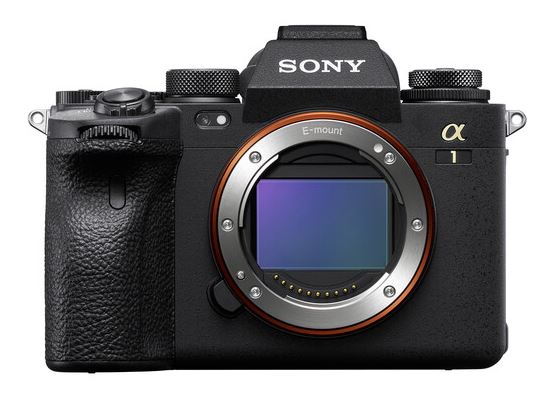
Sony A1 Mirrorless Camera
The Sony A1 is their flagship high performance and versatile full frame camera that will do it all and is great for wildlife photography. It offers high resolution, high frame rate, and great video capabilities.
Key Features
- 50MP Full-Frame Exmor RS BSI CMOS Sensor
- Up to 30 fps Shooting, ISO 50-102400
- 8K 30p and 4K 120p Video in 10-Bit
- 4.3K 16-Bit Raw Video Output, S-Cinetone
- 9.44m-Dot EVF with 240 fps Refresh Rate
- 759-Pt. Fast Hybrid AF, Real-time Eye AF
- 5-Axis SteadyShot Image Stabilization
- Dual Drive Mech. Shutter, 1/400 Sec Sync
- 5 GHz MIMO Wi-Fi, 1000BASE-T Ethernet
- Dual CFexpress Type A/SD Card Slots
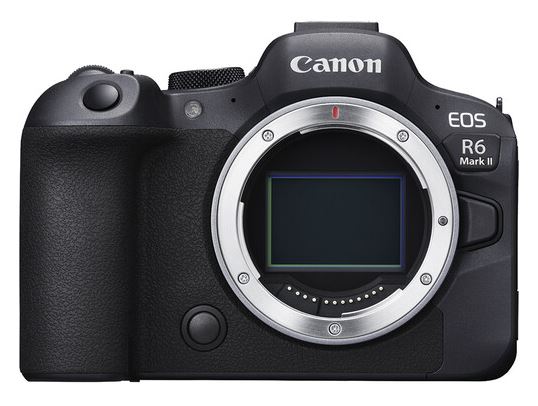
Canon EOS R6 Mark II Mirrorless Camera
The EOS R6 II is a versatile Canon camera with great photo and video capabilities. Its fast, reliable performance make it great wildlife photography.
Key Features
- 24.2MP Full-Frame CMOS Sensor
- 4K60 10-Bit Internal Video, C-Log 3
- External 6K ProRes RAW Recording
- Dual Pixel CMOS AF II
- 12 fps Mech. Shutter, 40 fps E. Shutter
- Sensor-Shift 5-Axis Image Stabilization
- 3.69m-Dot OLED EVF
- 3″ 1.62m-Dot Vari-Angle Touchscreen LCD
- Dual UHS-II Memory Card Slots
- Multi-Function Shoe, Wi-Fi and Bluetooth
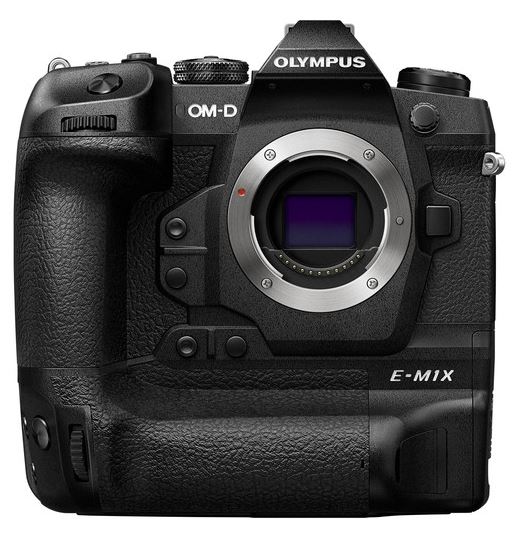
Olympus OM-D E-M1X Mirrorless Camera
This is a dual-grip 20MP Micro Four Thirds mirrorless option from Olympus. If you are looking for a durable, weather-sealed and sturdy option, the Olympus OM-D E-M1X could be the best camera for wildlife photography for you. A cool extra features is the Live ND option, which provides the effects of an ND filter without having to use one.
Key Features
- 20.4MP Live MOS Micro Four Thirds Sensor
- Dual TruePic VIII Image Processors
- Integrated Vertical Grip, Dual Batteries
- 2.36m-Dot 0.83x Electronic Viewfinder
- 3.0″ 1.037m-Dot Vari-Angle Touchscreen
- DCI 4K/24p & UHD 4K/30p Video Recording
- 5-Axis Sensor-Shift Image Stabilization
- 15 fps Shooting and Expanded ISO 25600
- 121-Point All Cross-Type Phase-Detect AF
- Weather-Sealed Construction
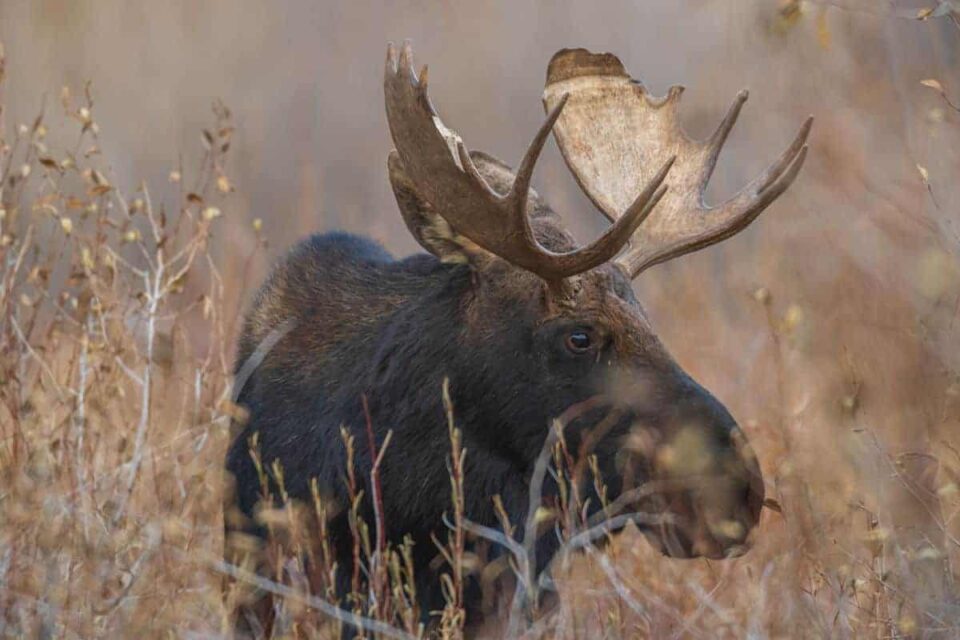
Wildlife Photography Gear and Tips
- Best tripods for wildlife photography
- Best tripod head for wildlife photography
- Best lenses for wildlife photography
- Tips for photographing wildlife
- Places to see wildlife in Yellowstone
Click to See More Resources
to Learn How To Photograph Wildlife!
